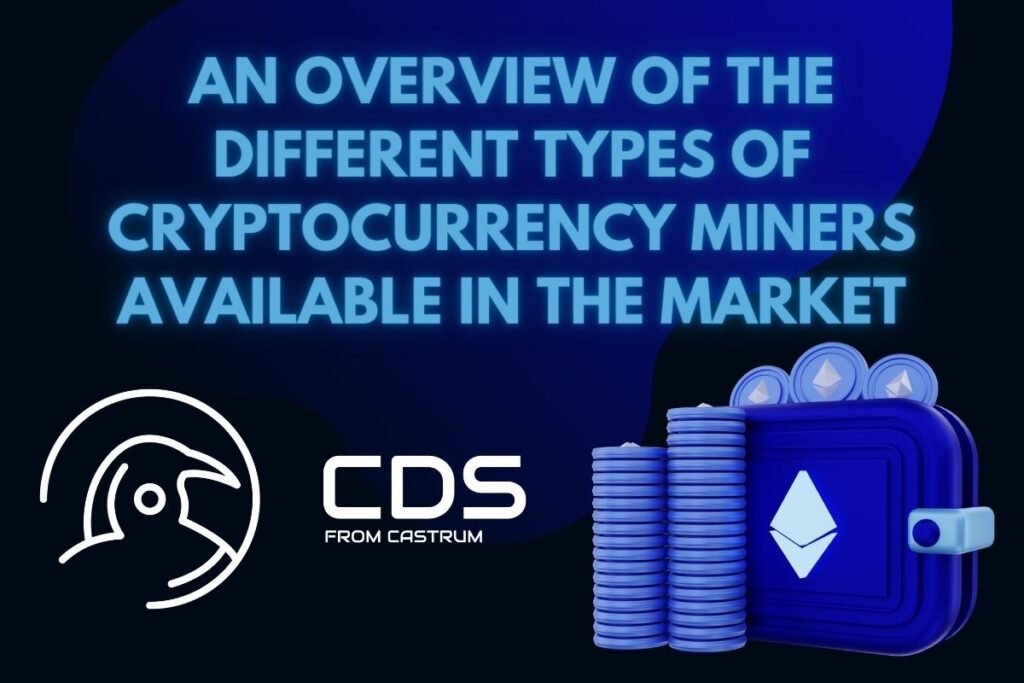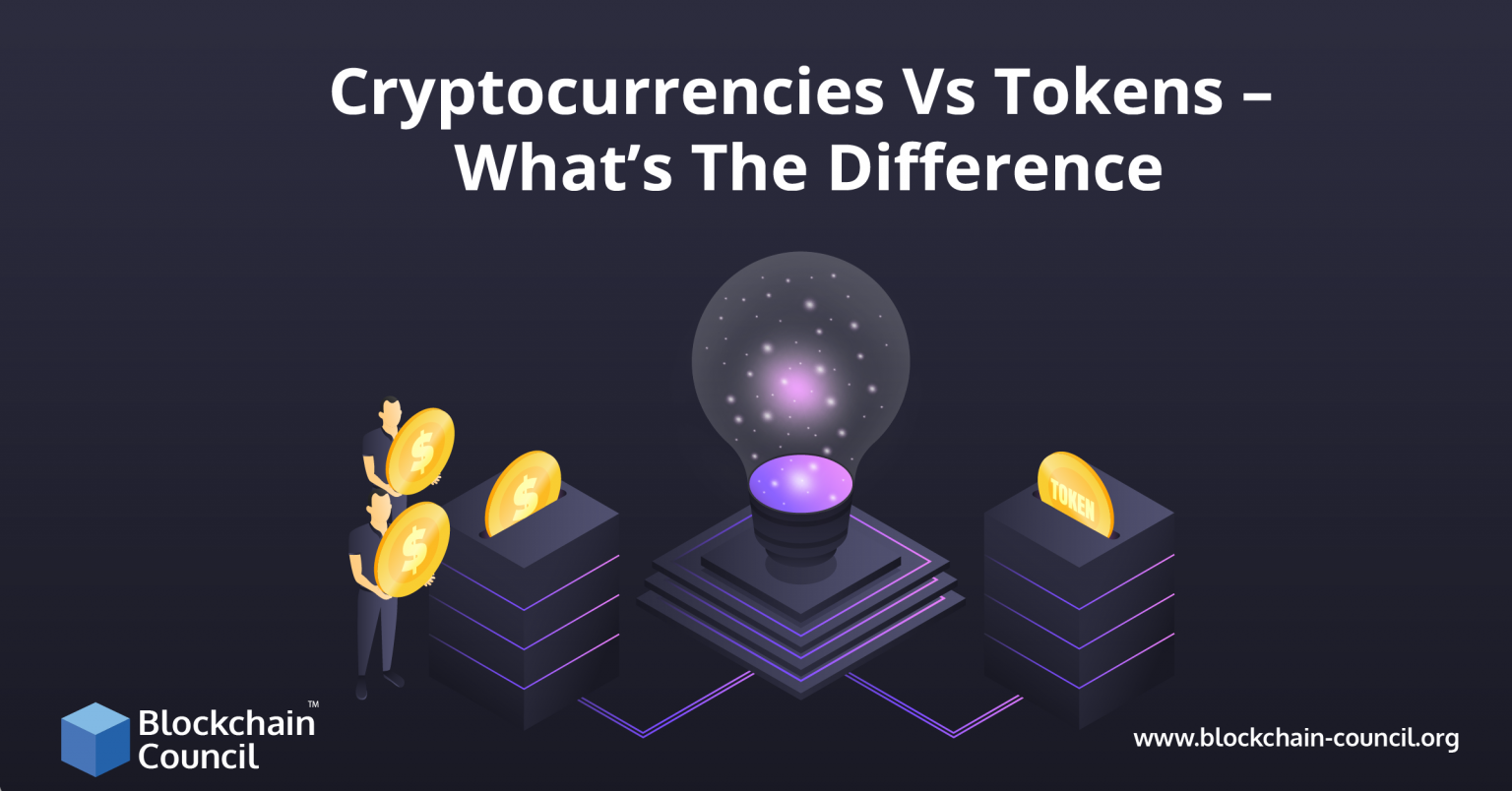- Are all cryptocurrencies based on blockchain
- Are all cryptocurrencies the same
- Why do all cryptocurrencies rise and fall together
Are all cryptocurrencies the same
A block header acts as an identifier for each individual block, meaning each block has a unique hash. When creating a new block, miners combine the hash of the previous block with the root hash of their candidate block to generate a new block hash https://gcmvc.info. They must also add an arbitrary number known as a nonce.
Every time new miners join the network and competition grows, the hashing difficulty increases, which prevents the average block time from decreasing. Conversely, if many miners leave the network, the hashing difficulty decreases, making it easier to mine a new block. These adjustments keep the average block time constant, regardless of the network’s total hashing power.
Given the substantially lower costs associated with proof-of-stake, you might think it’s a better way to validate transactions. It does, however, still have downsides. For example, even though there’s no concern that an entity can gain control over 51% of a network’s computing power with proof-of-stake, if an entity could gain control of 51% of all outstanding tokens it could hold the network and its stakeholders hostage. Of course, there’s not much likelihood this will happen with high-market-cap digital currencies. However, virtual currencies with low market caps may be susceptible to this vulnerability.
Instead of buying equipment, cloud miners rent computational power from a cloud mining provider. It’s a simpler way to start mining, but it comes with risks like scams or lower profitability. If you decide to try cloud mining, make sure to choose a reputable provider like Binance.

Are all cryptocurrencies based on blockchain
For an overview into web3, we recommend Demystifying web3 which discusses what business leaders should know about web3, its potential, and what no regrets decisions you can make to prepare. Here are two more recommendations.
Currently, tens of thousands of projects are looking to implement blockchains in various ways to help society other than just recording transactions—for example, as a way to vote securely in democratic elections.
Blockchain and DLTs could create new opportunities for businesses by decreasing risk and reducing compliance costs, creating more cost-efficient transactions, driving automated and secure contract fulfillment, and increasing network transparency. Let’s break it down further:
As in the IBM Food Trust example, suppliers can use blockchain to record the origins of materials that they have purchased. This would allow companies to verify the authenticity of not only their products but also common labels such as “Organic,” “Local,” and “Fair Trade.”
The NFT market is extremely volatile: in 2021, one NFT created by the digital artist Mike Winkelmann, also known as Beeple, was sold at Christie’s for $69.3 million. But NFT sales have shrunk dramatically since summer 2022. As of 2023, according to a report from crypto analysis firm dappGambl, 95 percent of NFTs are worth practically nothing.
Are all cryptocurrencies the same
If you’re new to the world of cryptocurrencies, you might see a jumble of names like Bitcoin, Ethereum, Dogecoin, and wonder if they’re all variations of the same thing. The short answer is a resounding NO! Let’s dive into why the crypto landscape offers a vast and varied array of options.
Cryptocurrencies are digital currencies that use cryptography to secure and verify transactions in a network. Cryptography is also used to manage and control the creation of such currencies. Bitcoin and Ethereum are examples of cryptocurrencies. Depending on the jurisdiction, cryptocurrencies may or may not be regulated.
The world of cryptocurrencies is a whirlwind of innovation. New projects, trends, and even entirely new sectors of blockchain application seem to emerge constantly. Staying informed in this rapidly evolving space is essential for making smart decisions, whether as an investor, developer, or simply a curious observer. Here’s how:
The UK’s Financial Conduct Authority estimated there were over 20,000 different cryptocurrencies by the start of 2023, although many of these were no longer traded and would never grow to a significant size.

If you’re new to the world of cryptocurrencies, you might see a jumble of names like Bitcoin, Ethereum, Dogecoin, and wonder if they’re all variations of the same thing. The short answer is a resounding NO! Let’s dive into why the crypto landscape offers a vast and varied array of options.
Cryptocurrencies are digital currencies that use cryptography to secure and verify transactions in a network. Cryptography is also used to manage and control the creation of such currencies. Bitcoin and Ethereum are examples of cryptocurrencies. Depending on the jurisdiction, cryptocurrencies may or may not be regulated.
Why do all cryptocurrencies rise and fall together
The gyrations in the crypto market generally make investors anxious, making them wonder what drives these movements. What makes crypto prices go up and down? Let’s attempt to answer this question with concrete points, examples, and data-backed validations, which will also help you make informed trading and investment decisions.
Taxation policies are another critical factor affecting cryptocurrency prices. Governments are cracking down on tax evasion in the cryptocurrency space. For example, the IRS has issued subpoenas to exchanges and sent reminder letters to taxpayers. Research from Norway even quantified the extent of tax evasion, emphasizing the need for stricter enforcement.
Many cryptocurrencies, including bitcoin, have a fixed supply. For instance, bitcoin has a maximum supply of 21 million coins, with approximately 19.5 million already in circulation. This scarcity plays a significant role in its value. When supply is limited and demand increases, prices tend to rise. On the other hand, if demand drops, even a limited supply may not prevent a price decline.
Investor behavior in the cryptocurrency market is often fueled by emotions. Speculative trading, where investors buy or sell based on predictions rather than fundamentals, amplifies market volatility. For instance, when bitcoin prices rise, investors tend to feel more confident, leading to increased trust and further buying activity. On the flip side, neutral sentiment can trigger price declines, as studies show a negative correlation between neutral emotions and bitcoin prices.
Although the barrier of entry is relatively low and many cryptos fail to take off, any newly introduced cryptocurrency can gain momentum, resulting in the value of other coins going down while the newcomer’s token gains value.
